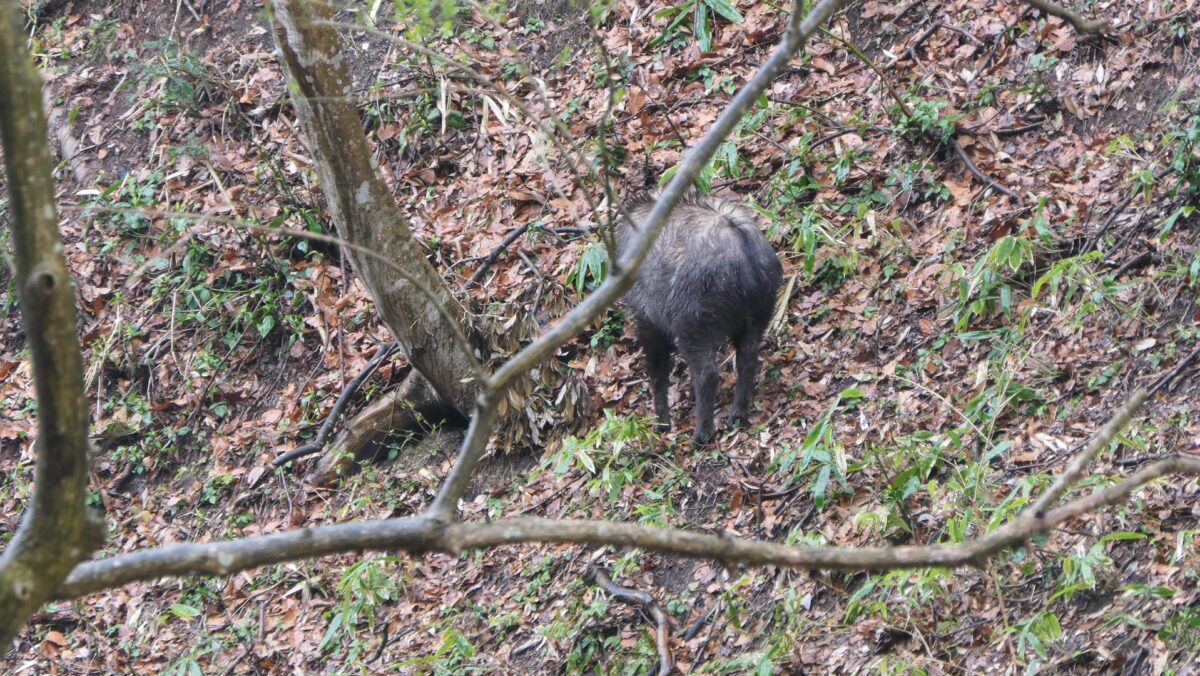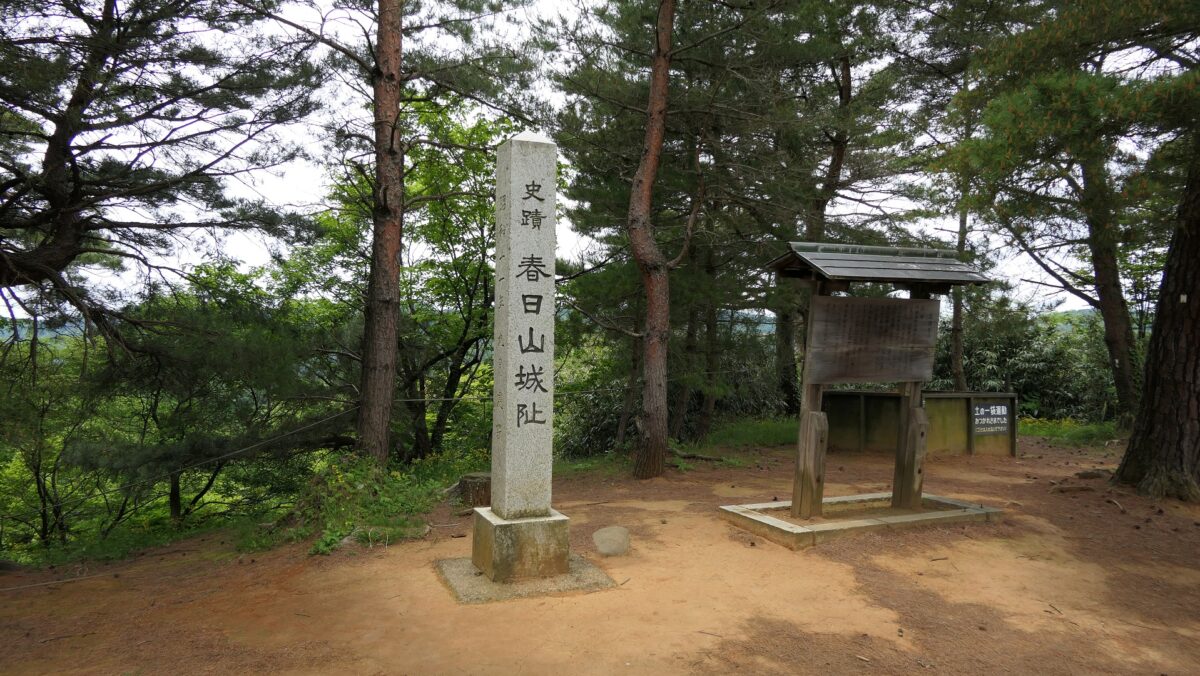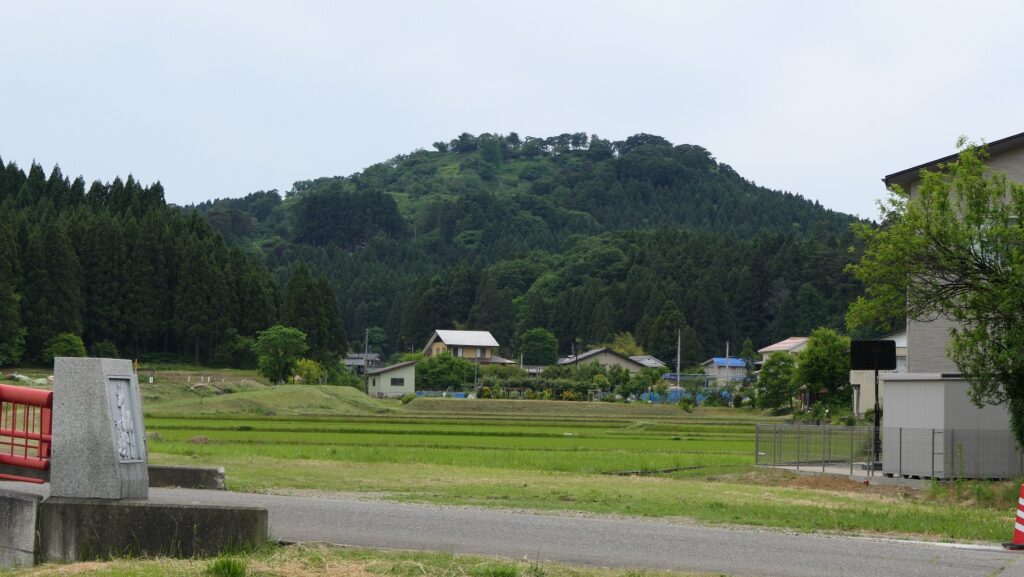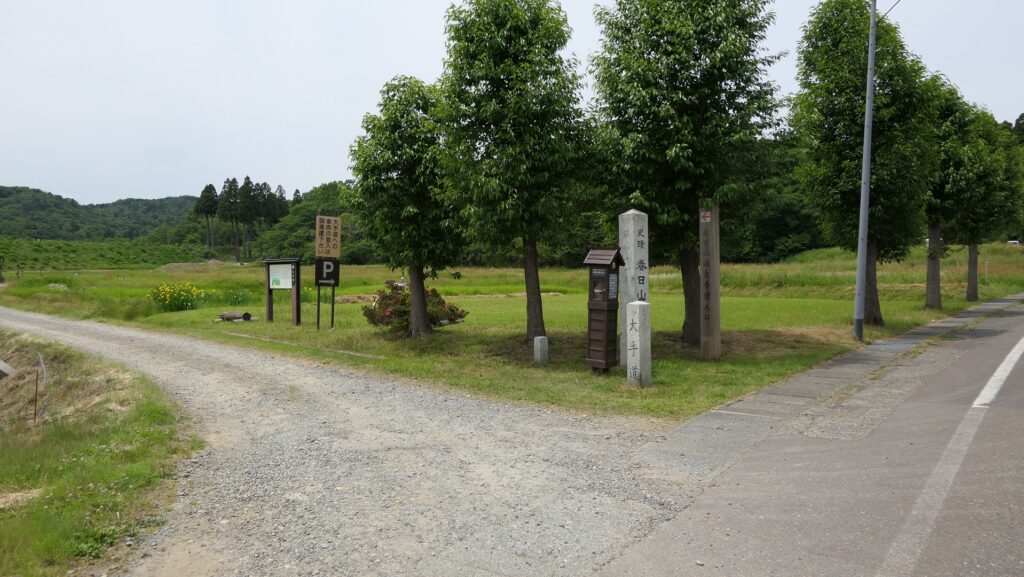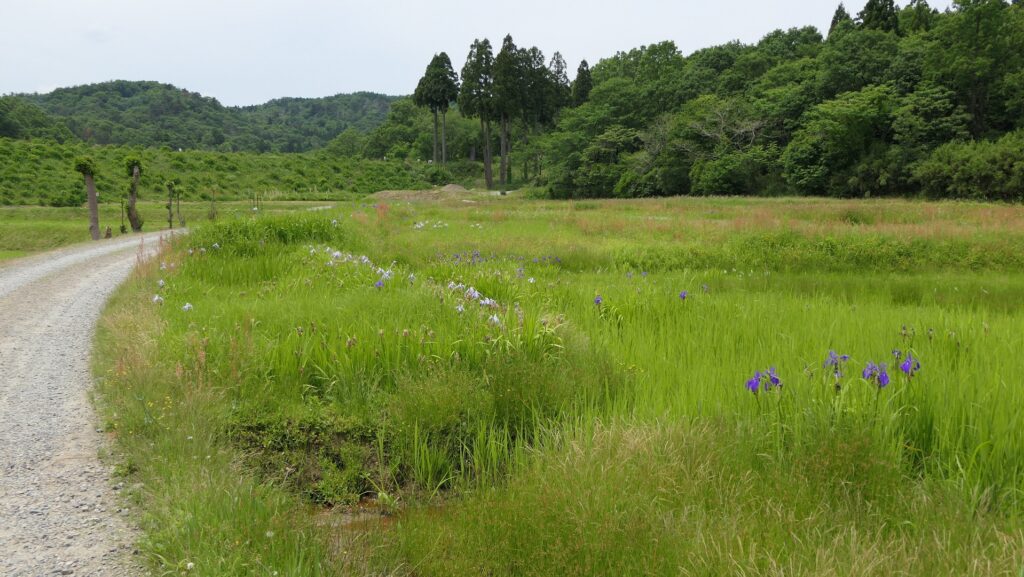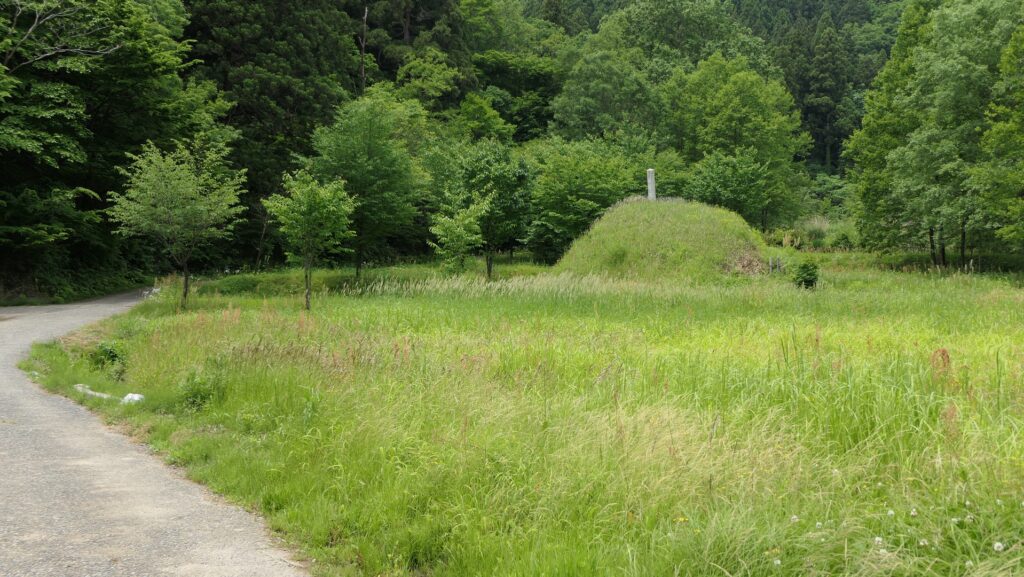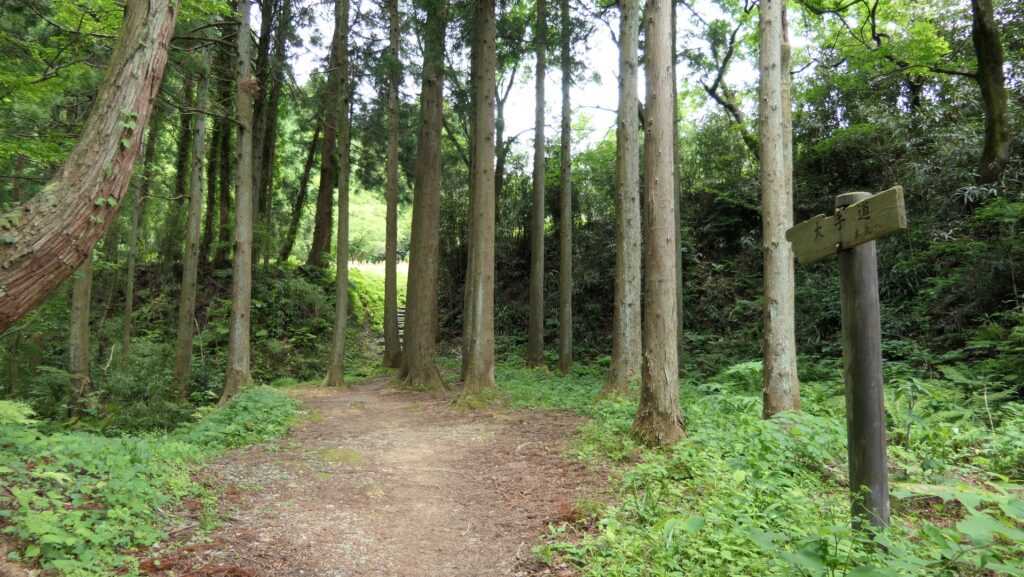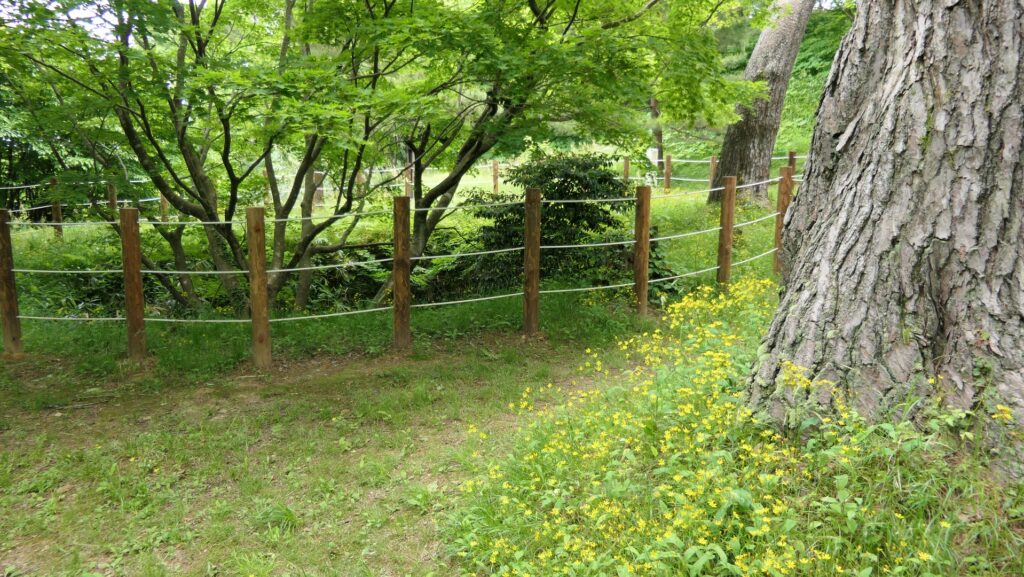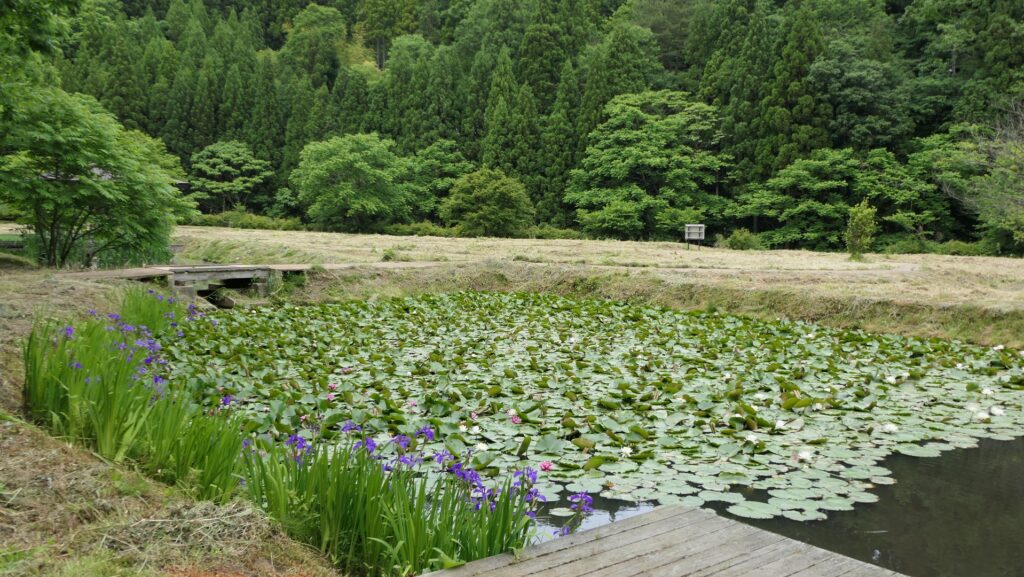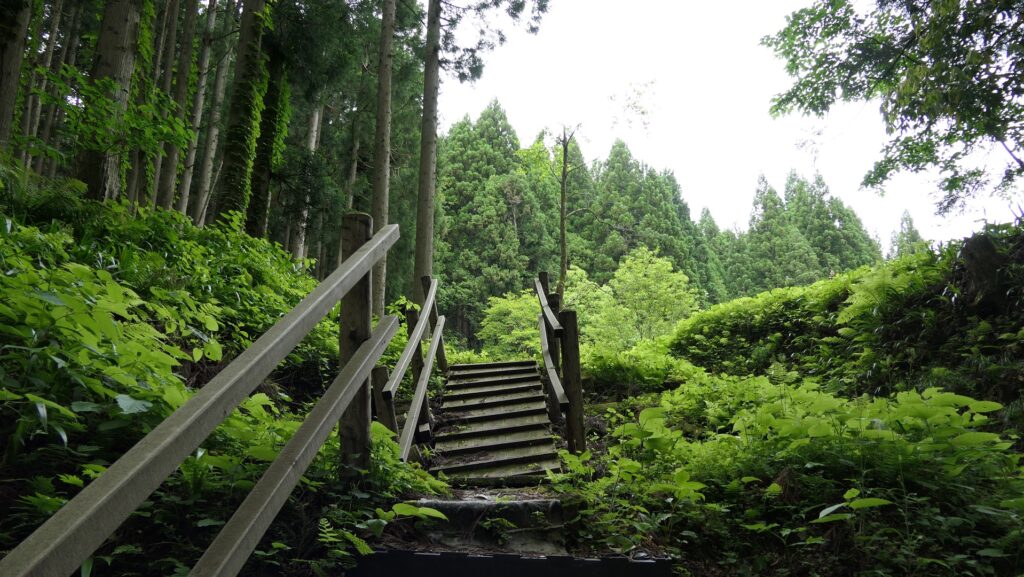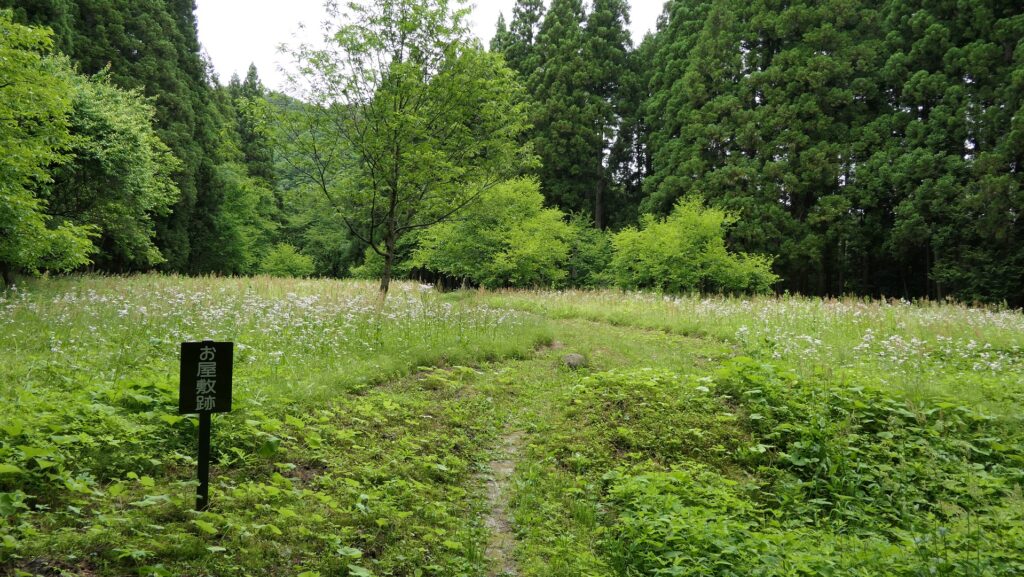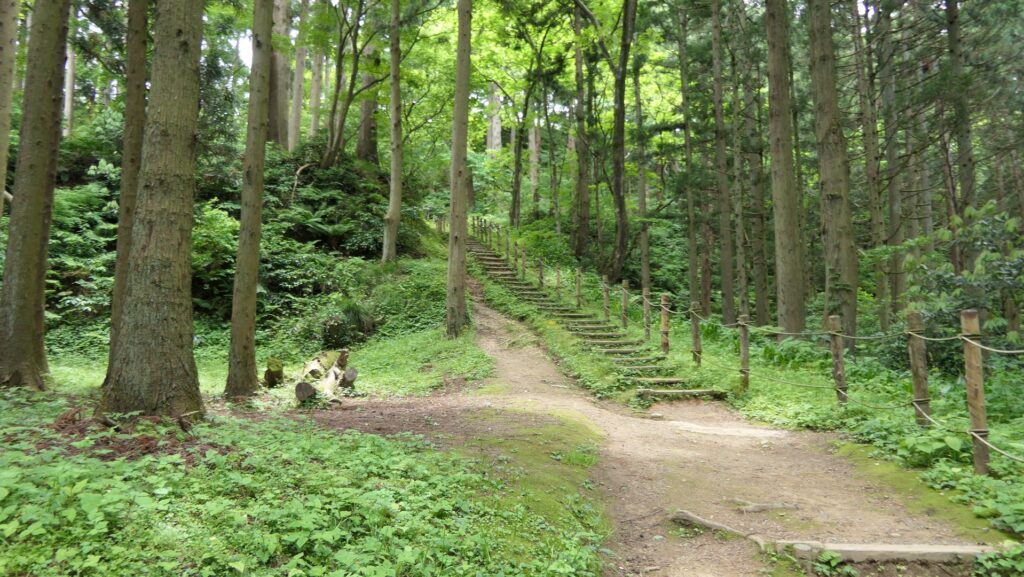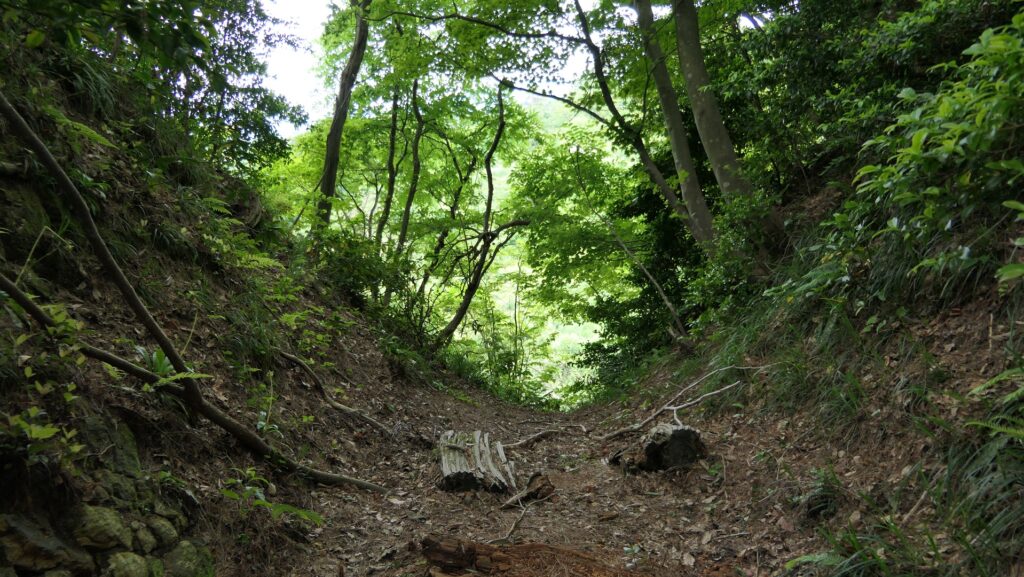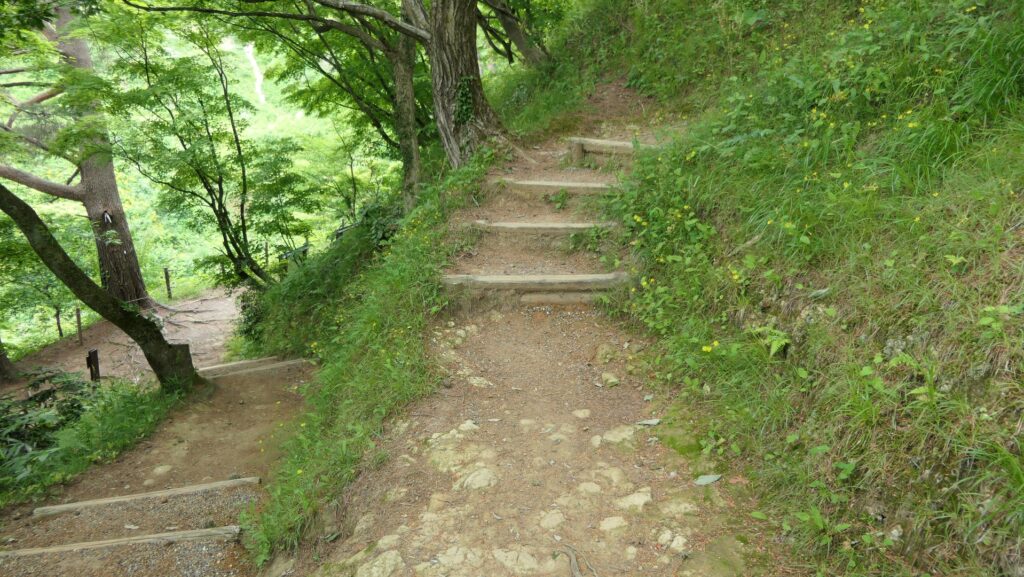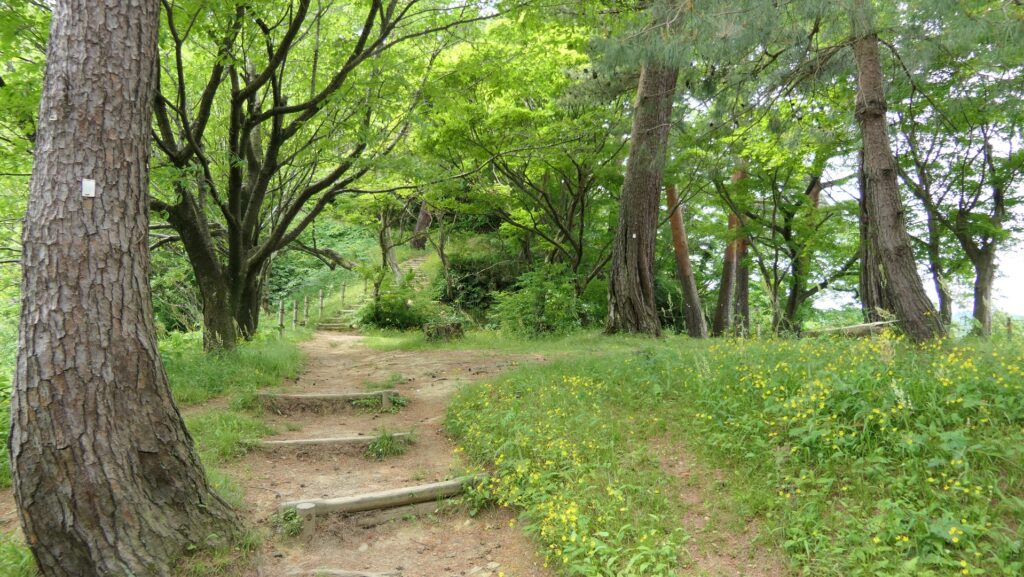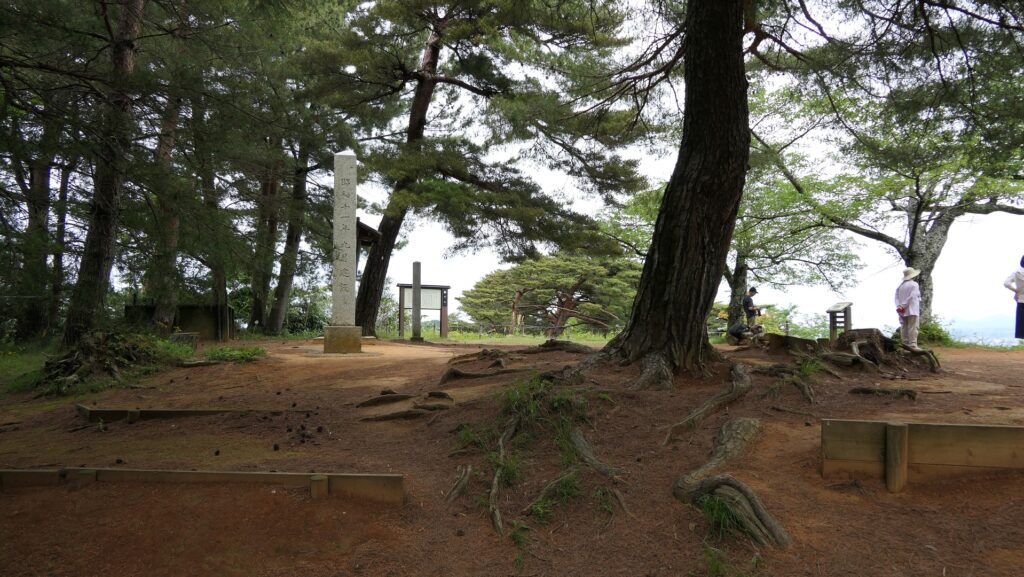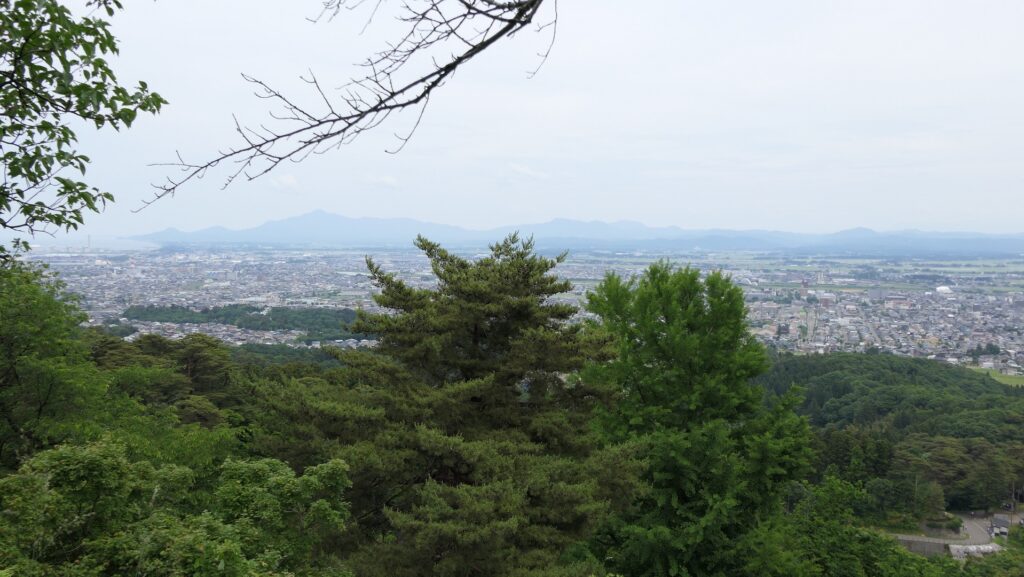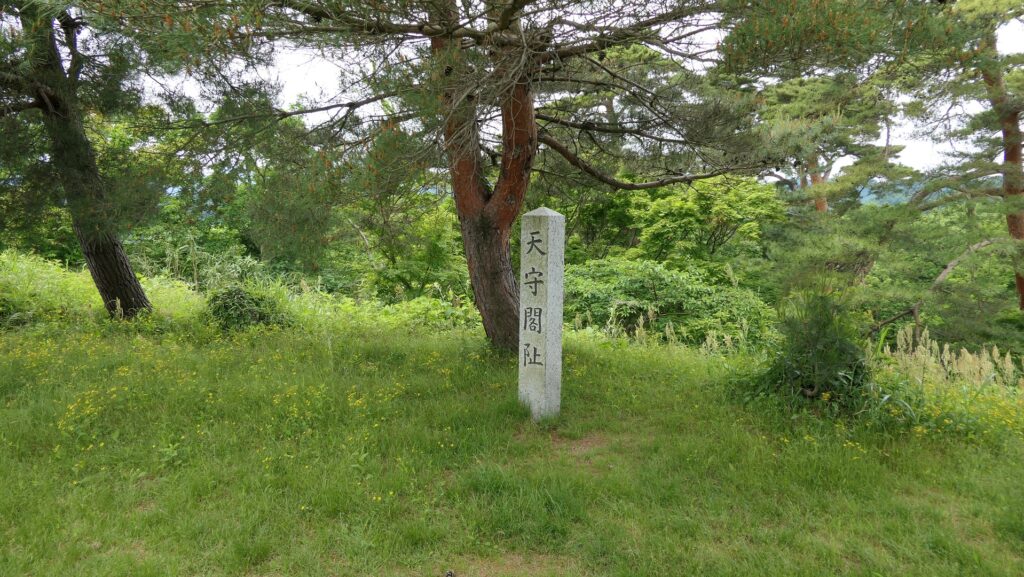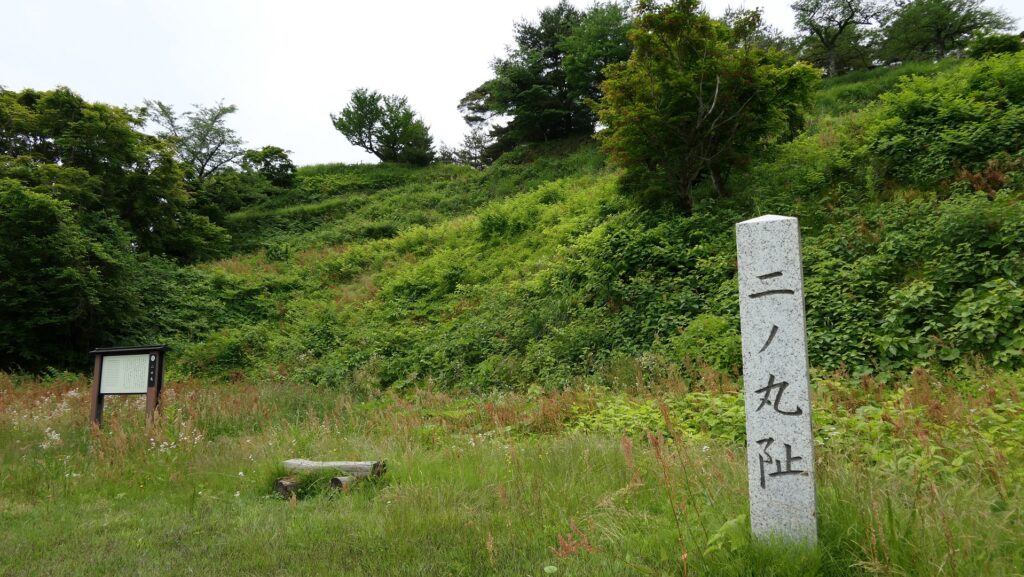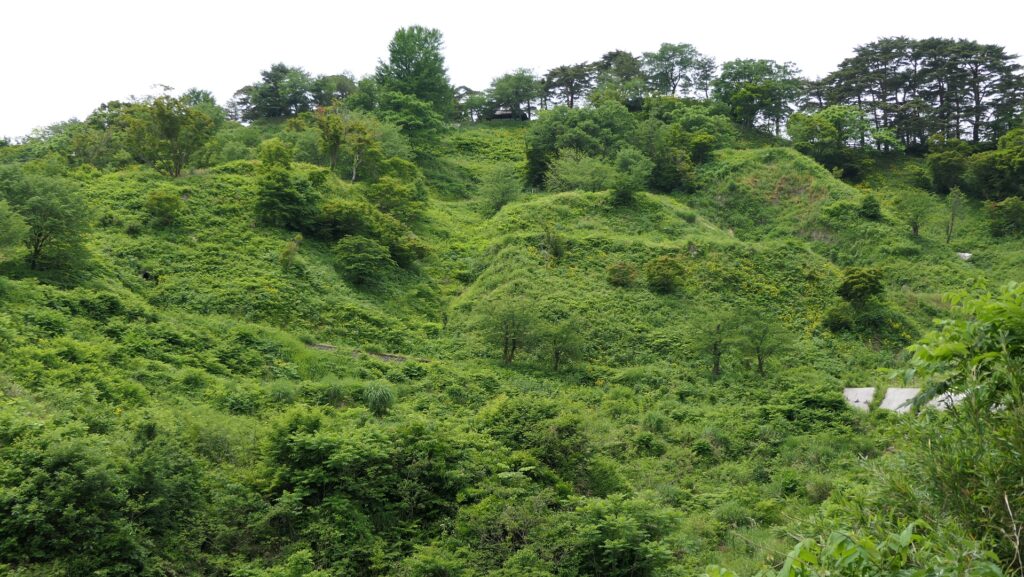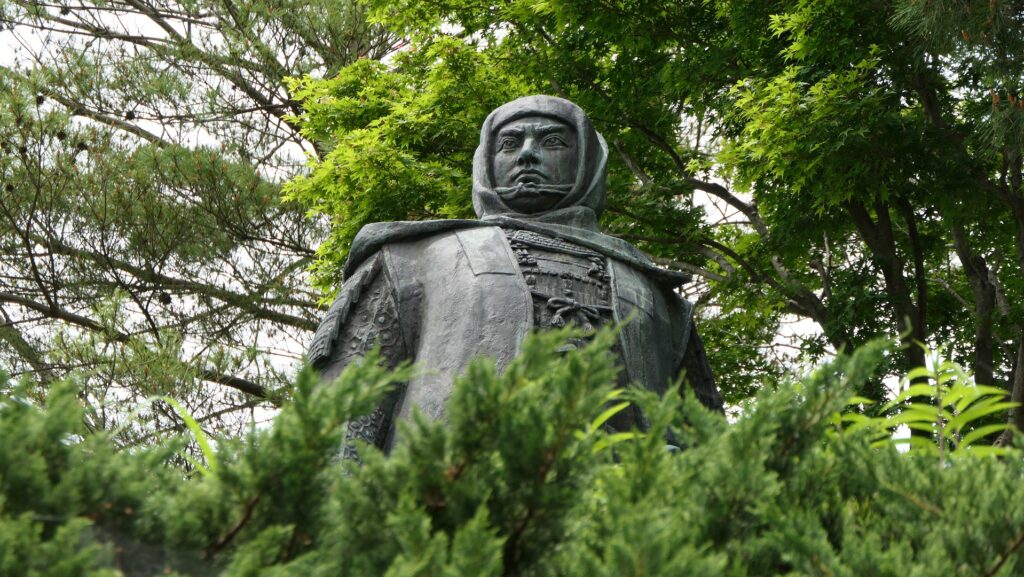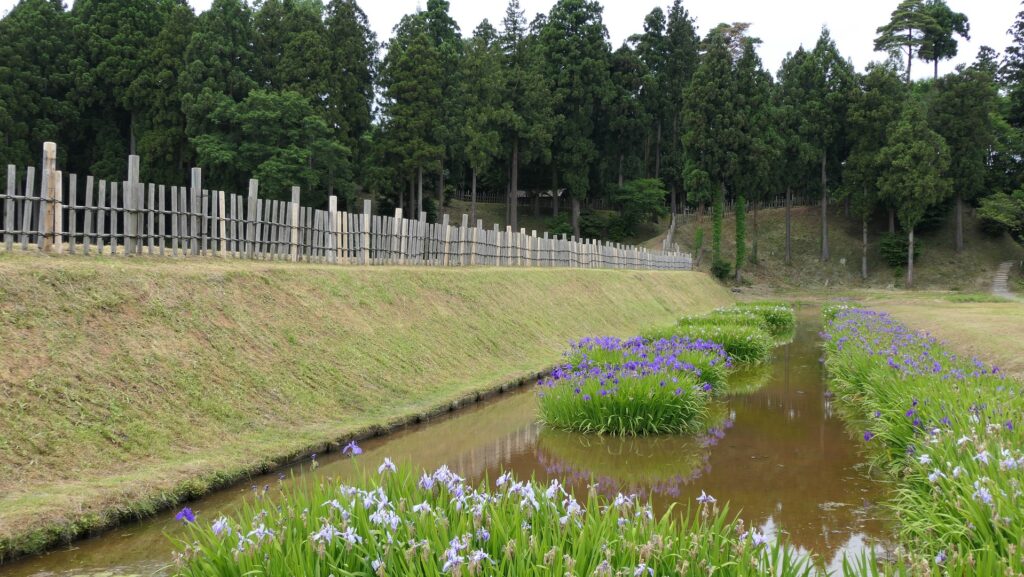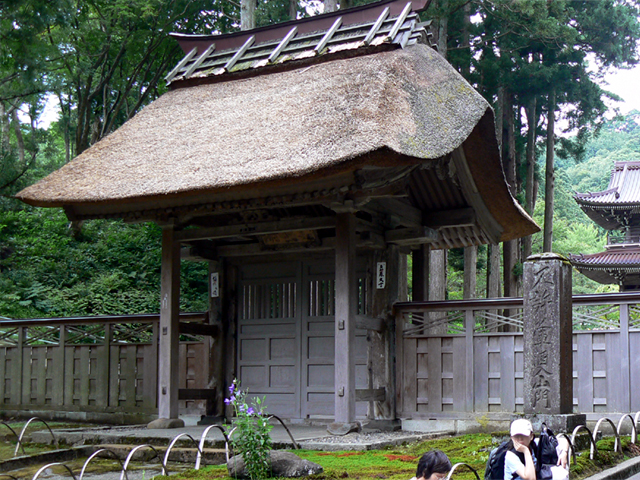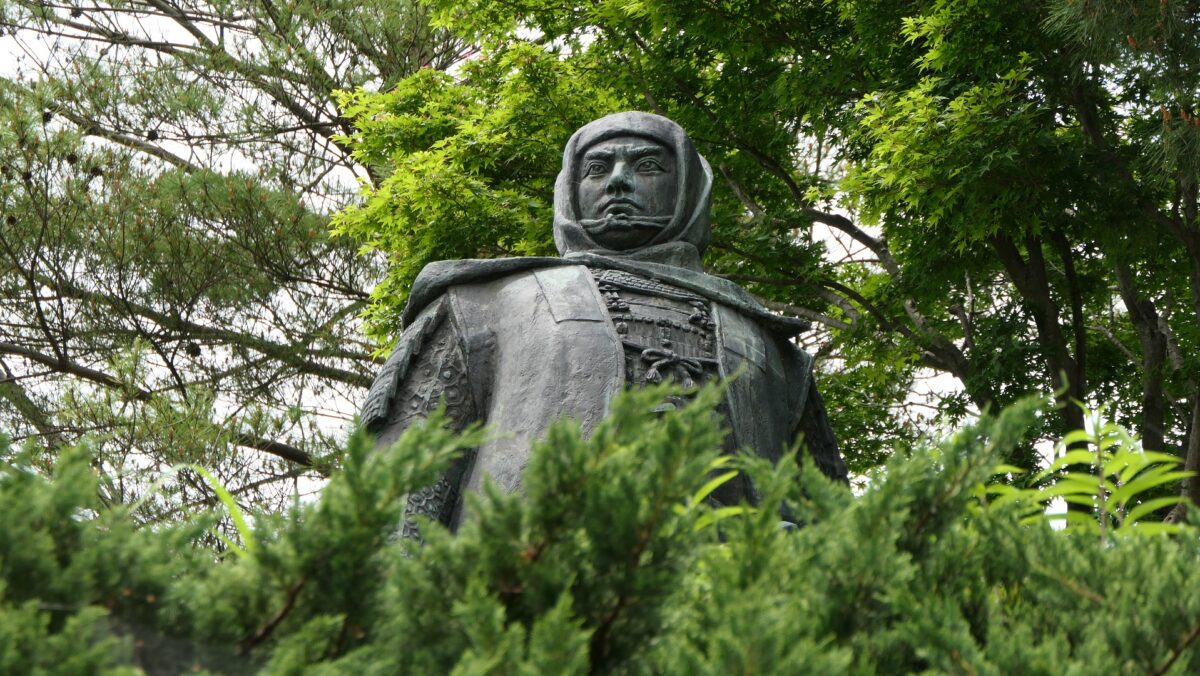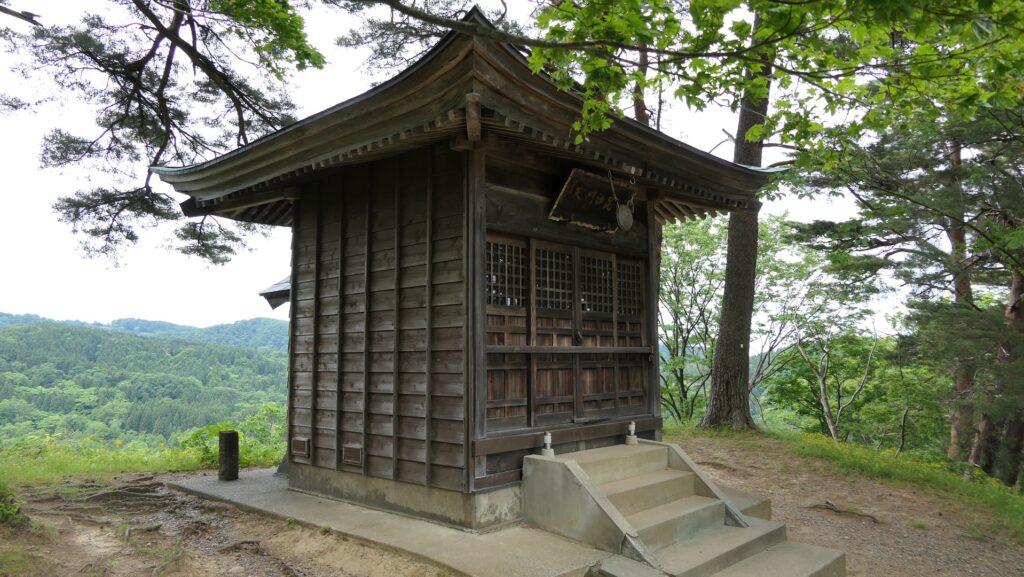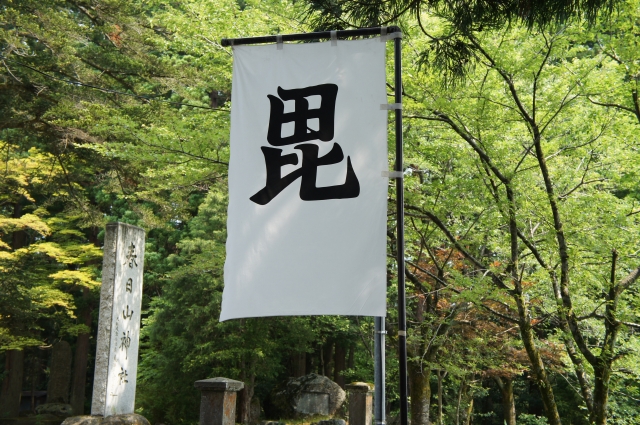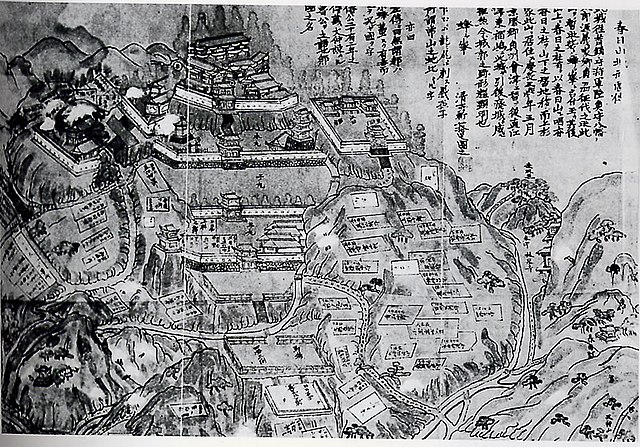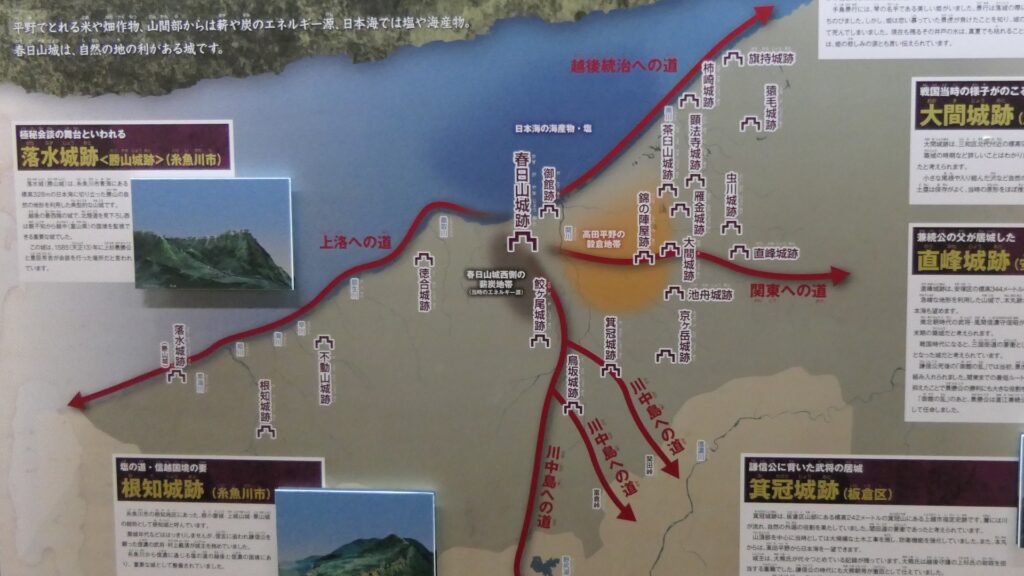Features
You can also visit other enclosures near the Main Enclosure. For instance, the Nukui Residence is next to the Sakura Riding Ground. It has the ruins of its entrance which was built using a huge stone called Kyu-shaku-ishi or 2.7m Wide Stone, which might have been the Back Gate of the castle.
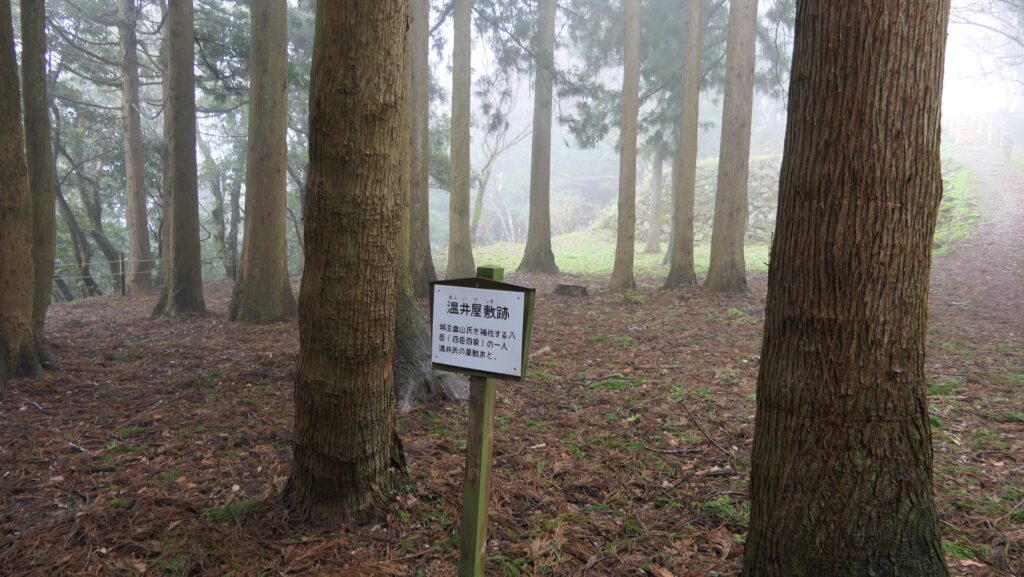
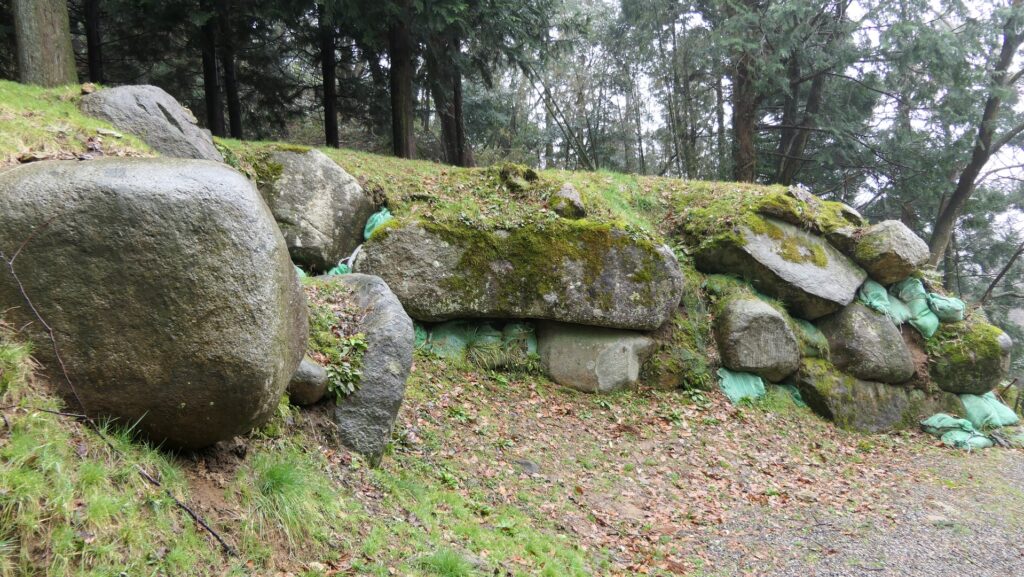
The Second Enclosure is the next to the Nukui Residence, which was also an important defensive point. Finally, the Third Enclosure is over another large deep ditch. Unfortunately, you will have to go up and down the stairs on very steep cliffs to get there.
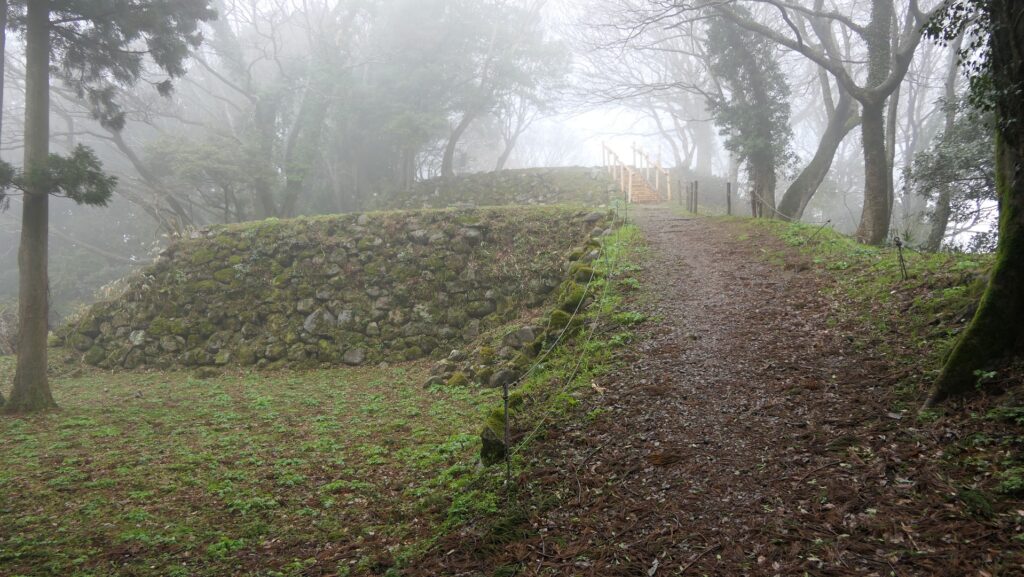
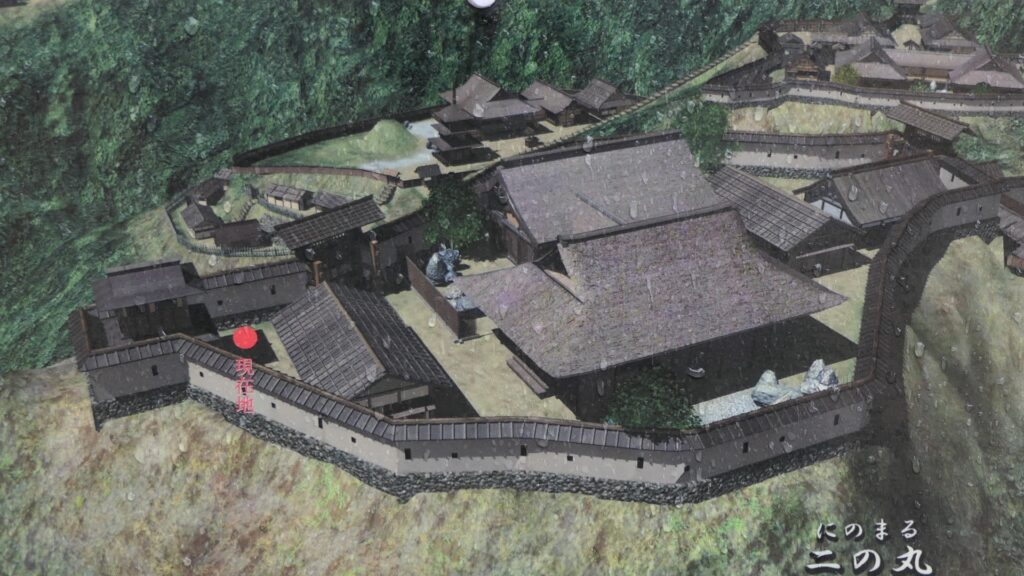
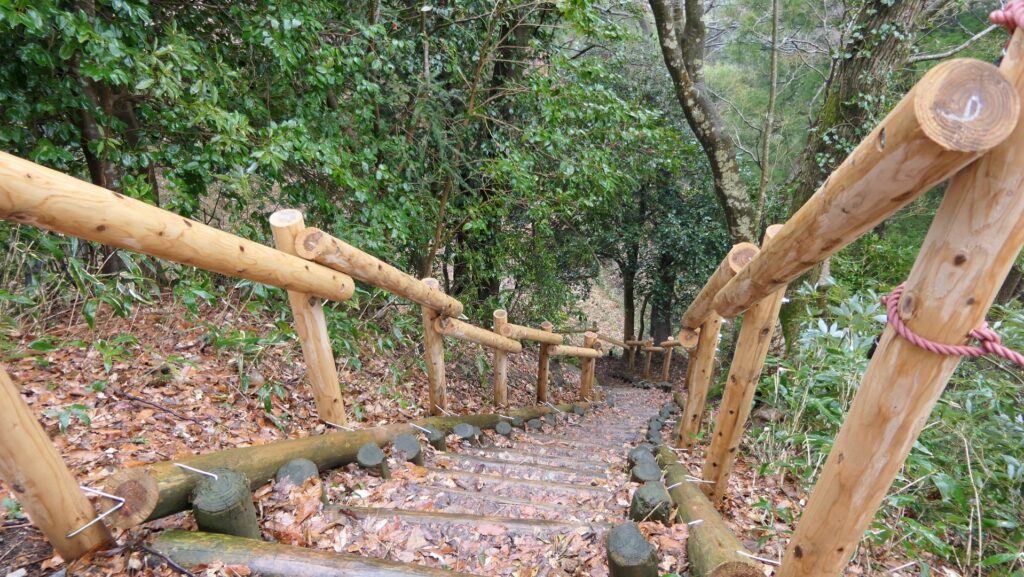
Later History
In the Edo Period after Nanao Castle was abandoned, the Kaga Domain banned people from cutting down trees around the mountain. This prevented farmers cutting down trees and materials. The study of the ruins started about 100 years ago, and as a result, the ruins were designated as a National Historic Site in 1934. Nanao City has been maintaining the ruins since 1966. The city is planning to provide a fine landscape in the main portion and develop the Main Route from the foot of the mountain while preserving the ruins properly.
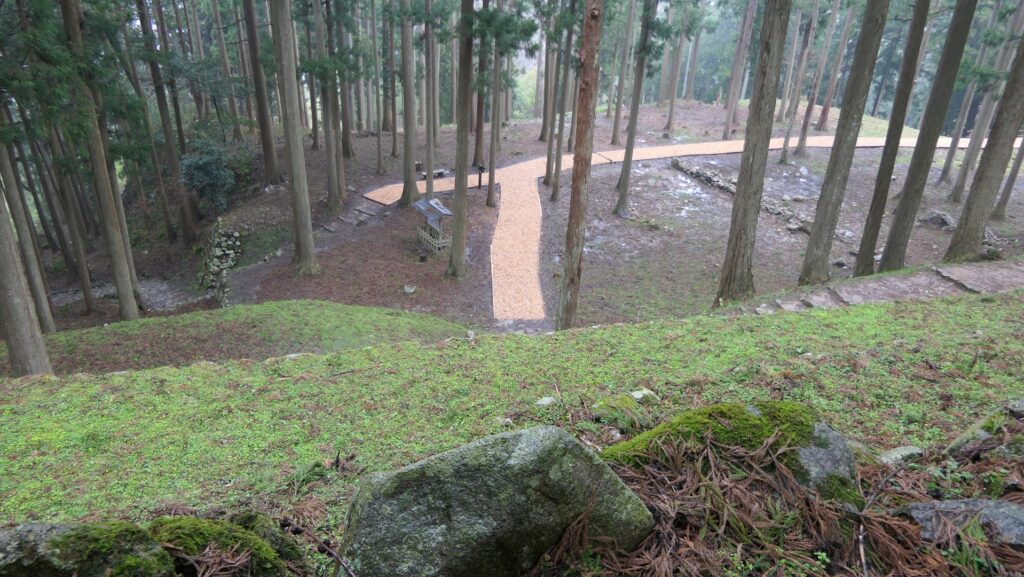
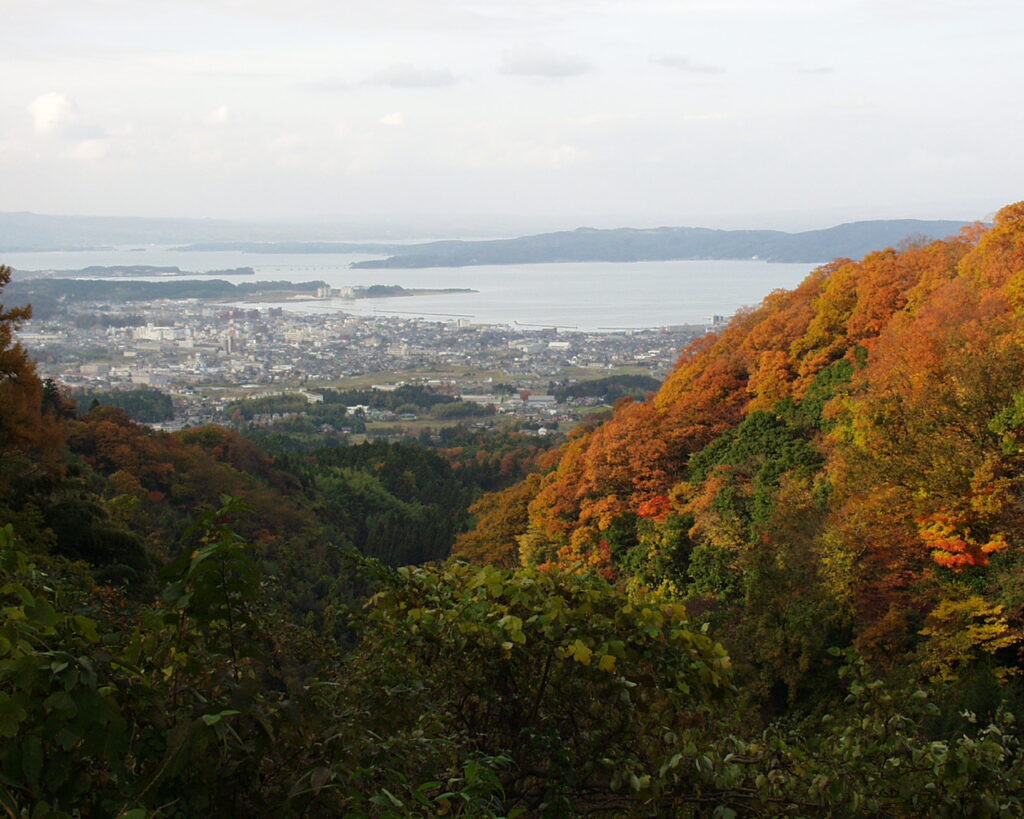
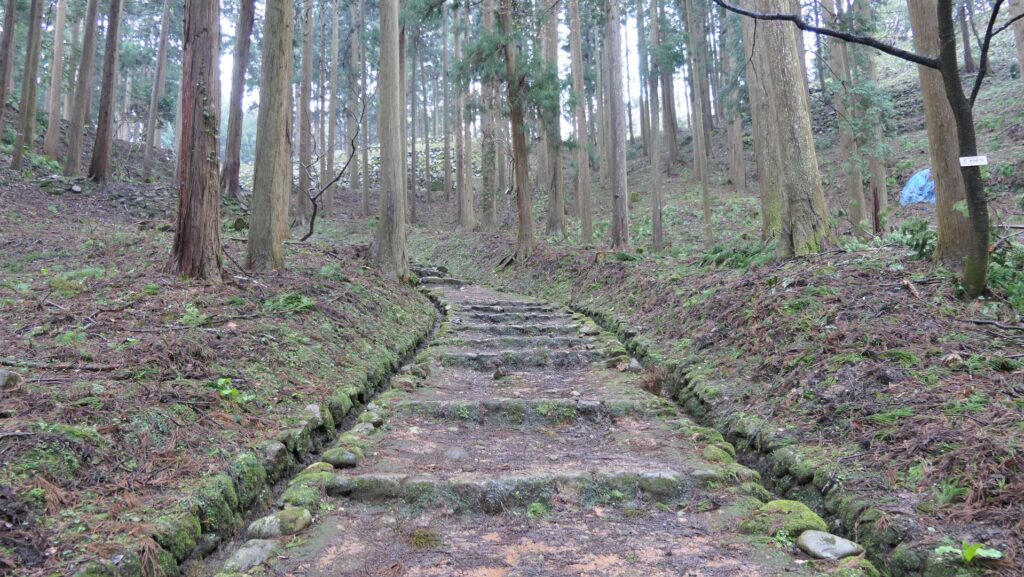
My Impression
I saw the signboard at the site that wonders of wild boars that often dig up the ruins. When I walked down from the Second Enclosure to get to the Third Enclosure, I noticed the back of a wild boar. I have been told that wild boars can attack you suddenly without warning. Therefore, I decided to give up to get there and head back. Visiting mountain castles is very interesting as long as you take precaution. Be careful not to provoke wild animals, as they can attack you unknowingly.
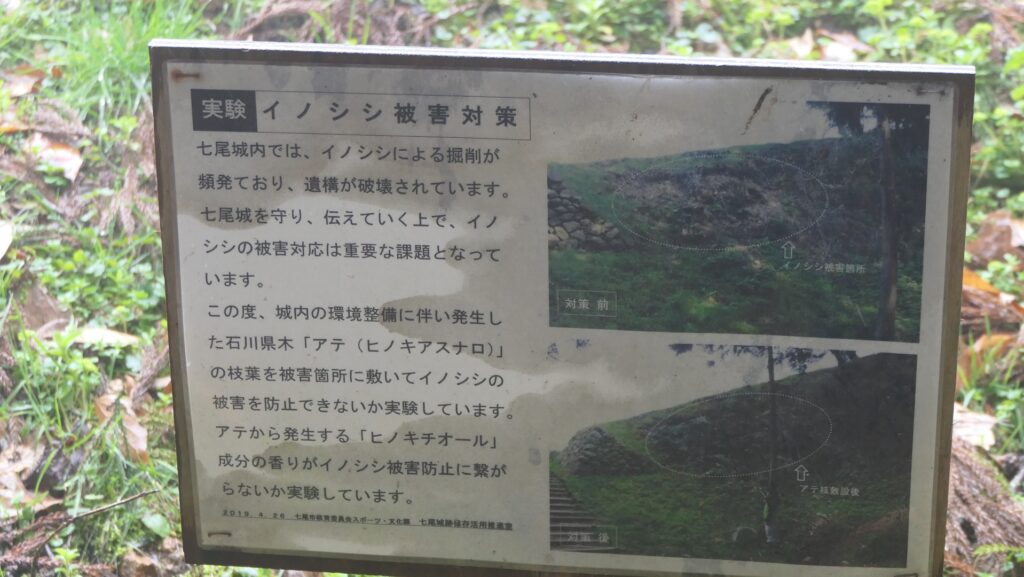
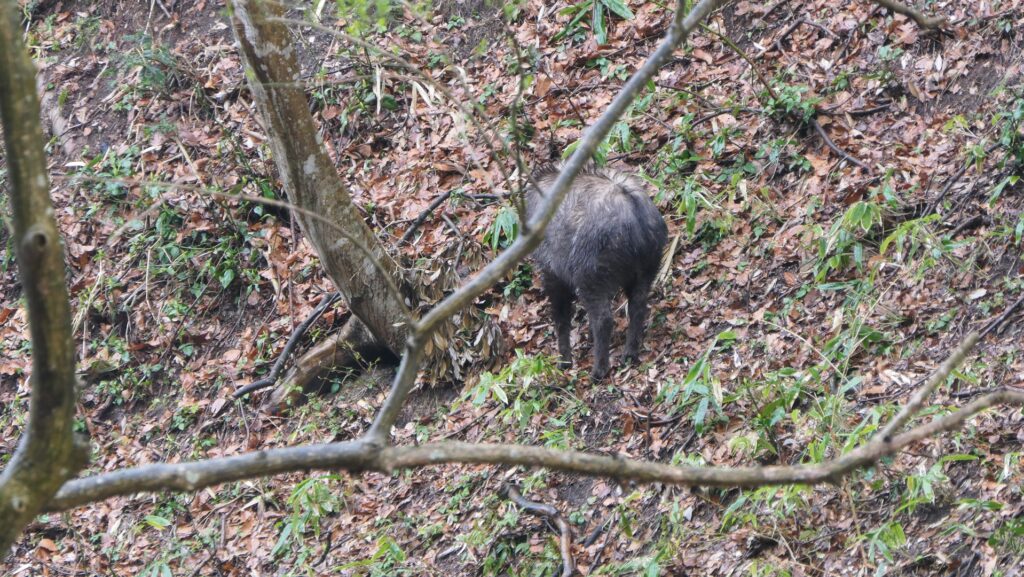
How to get There
I recommend using a car when you visit the ruins.
If you want to go directly to the main portion of the castle,
It is about 15 minutes away from Nanao-Shiroyama IC on the Noto Expressway.
If you want to walk from the foot of the mountain,
I would recommend parking at the Nanao Castle History Museum. it takes about one hour to the top going through the Main Route.

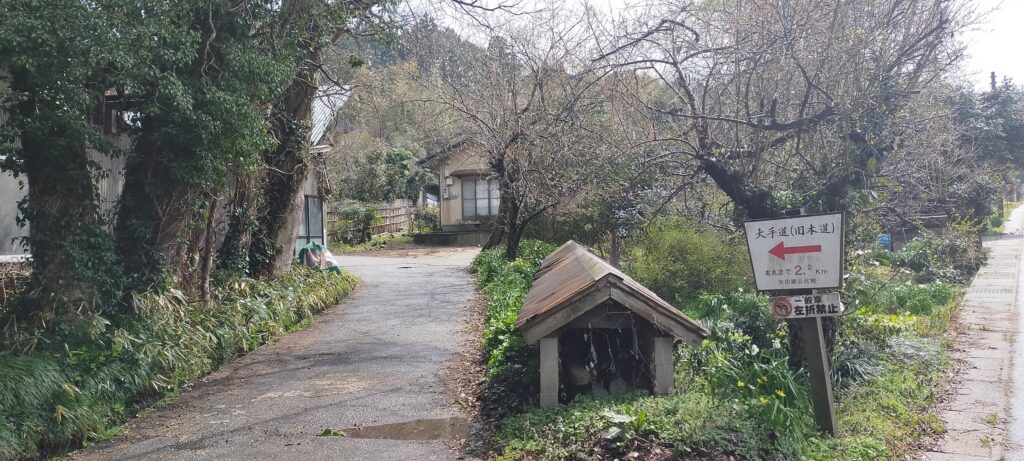
Links and References
・Historic Site Nanao Castle Ruis, Nanao City
That’s all. Thank you.
Back to “Nanao Castle Part1”
Back to “Nanao Castle Part2”

